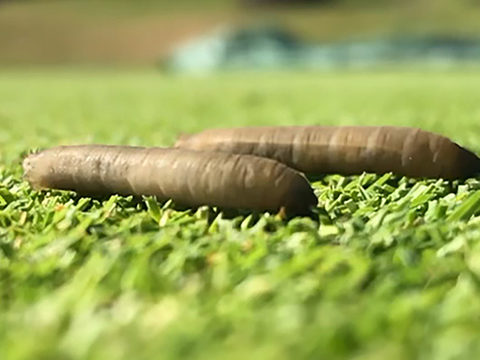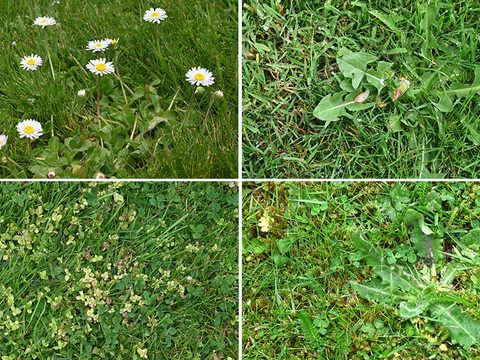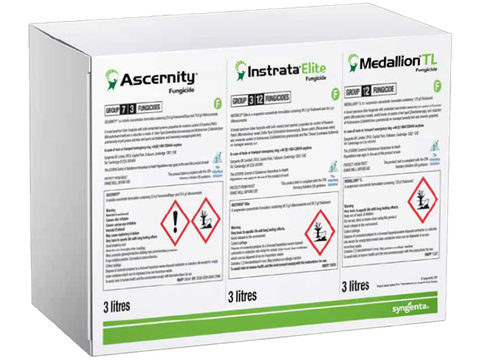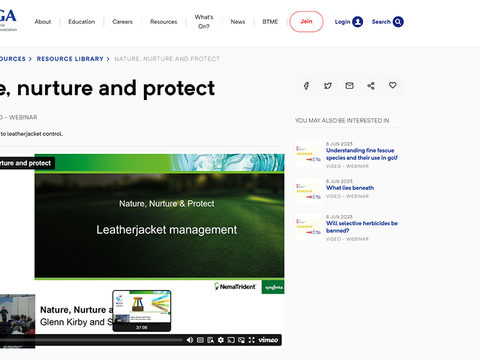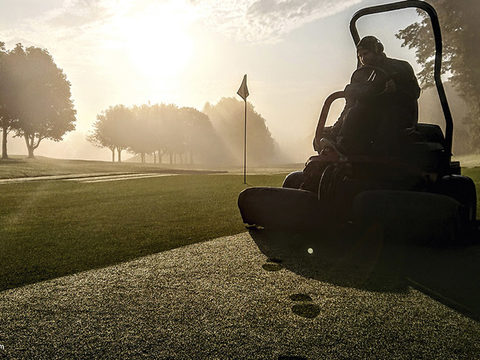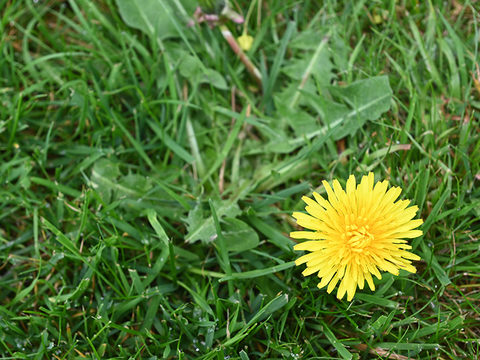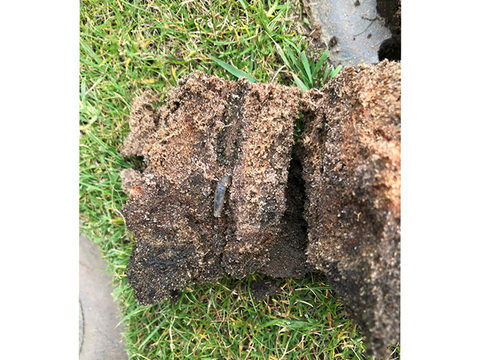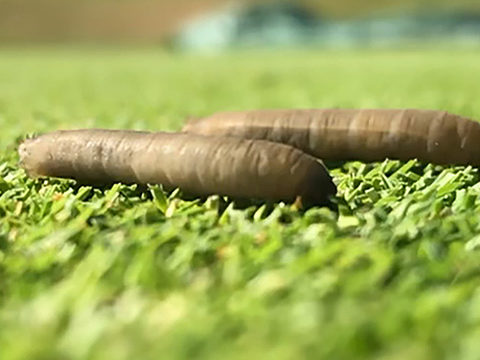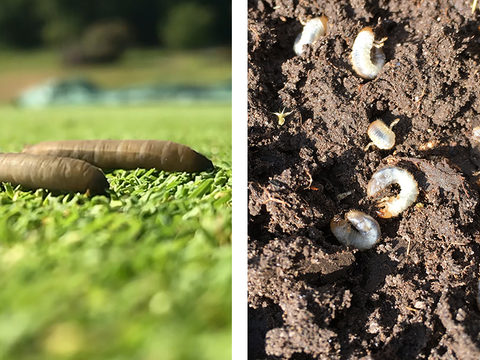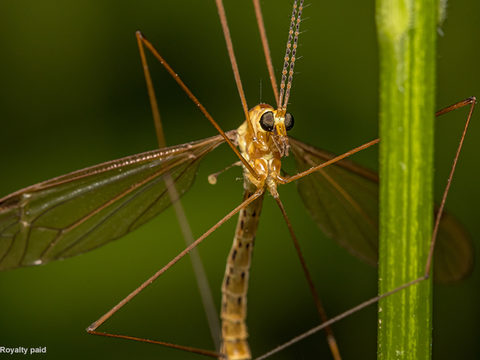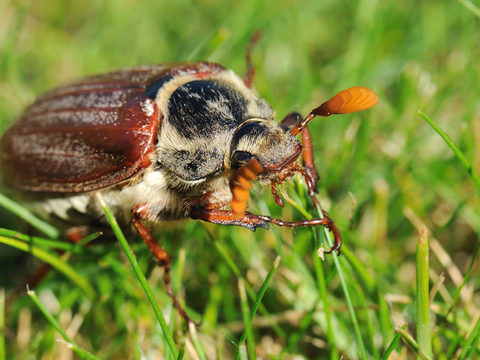GreenCast in UK and Ireland - Proactive approach gets greener results
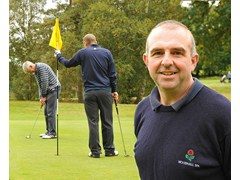
The outstanding playing conditions at Woodhall Spa Golf Club in Lincolnshire, which is the home of England Golf, attract golfers all year round. But the sandy soils and dry conditions that ensure the Hotchkin course remains playable when others are closed, means it is especially busy through the winter and spring, with the majority of rounds played during November to April.
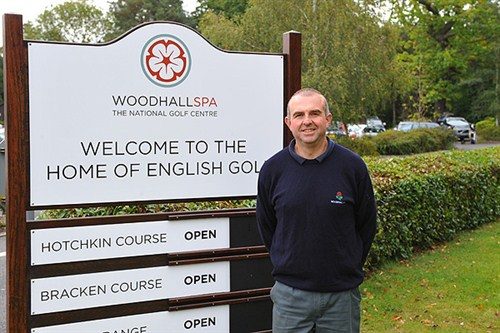
Maintaining turf cover and quality on the greens over the winter is imperative for Course Manager, Sam Rhodes, to satisfy the early season demand. Over recent years he has moved to a proactive approach with his fungicide programme, seeking to prevent infection breaking out before damage occurs on the playing surface.
"In the past we had simply reacted to disease attacks; we were fighting to control outbreaks and limit the extent of damage to greens over the winter. Then we had to work extra hard in the spring to get them back in good condition as quickly as possible. It was the same cycle every year.
"We wanted to look at preventing disease damage. However, we were adamant that we didn't want to go down a routine prophylactic treatment of spraying a fungicide every five or six weeks. We are keen to minimise the use of any inputs, from an ecological and economic standpoint."
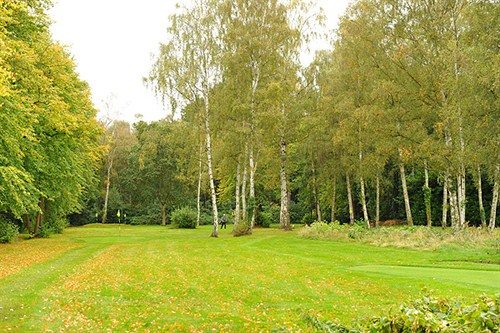
The solution has been to introduce a proactive approach that integrates new developments in fungicide technology and turf disease risk assessment, alongside traditional greenkeeping techniques and experience - with the aim to maintain clean surfaces right through the winter. "We recognised that with the potential of the new fungicides, we needed to be smarter in the way that we used them to get the best results."
Sam believes they now understand better what they are aiming to achieve with each application, and selecting the most appropriate option that best matches the situation. That means he will pick a systemic when turf is actively growing; a cool weather systemic as it starts to slow in the autumn, and then only switch to a contact when growth has effectively stopped. He uses soil temperature information as a guide to turf growth and selecting the appropriate fungicide.
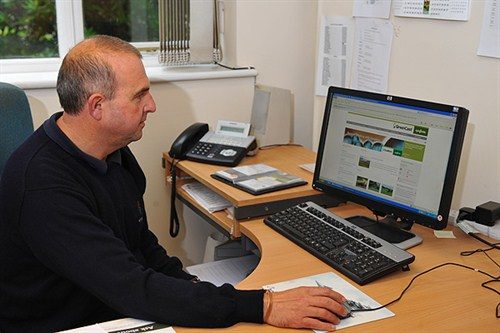
"With the changing weather patterns you really can't apply fungicides by the calendar anymore, which makes the weather-based prediction even more important," he advises. As part of this, Sam now also uses the local five-day disease forecasts on the GreenCast website as a key tool to pre-empt and prevent damaging disease attacks. He stresses that it certainly doesn't replace his local knowledge and experience of the course, but is a valuable adjunct in supporting his decision making.
"The proactive approach has really made us think about every application, and how we can integrate them with better cultural controls to help improve results." Assessing any impending disease risk, Sam will look at what fungicide was last applied and when; how much growth there has been; if the turf is under any particular stress and any other factors that might make the greens more or less susceptible to specific disease infection.
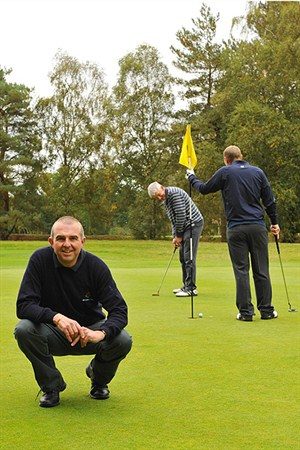
"If we feel there is still sufficient protection in the plant or if it is all looking particularly healthy, for example, the risk assessment helps give us the confidence to leave it a few more days, or possibly apply an iron treatment. But where we can see the risk is high, we can be assured that we are taking the right action with a fungicide application."
Sam recalled that last winter GreenCast predicted a high risk of Microdochium Patch (Fusarium) and the looming prospect of cold weather. He fortuitously took the decision to apply Medallion TL prior to the snow, and when it finally cleared after several weeks the greens surfaces were completely clean. "We didn't know the snow cover was going to be so long, but having seen the high risk was rising it did prompt us to get the protection on early. We were also confident the protection would stay in place with zero growth beneath the snow," he added.
"With the combination of improved cultural controls and more targeted fungicides, even the most susceptible greens have stayed completely clean, which has received favourable comments from players." Seeing and experiencing the results means the Woodhall Spa members and club management have been convinced that it is the right approach, which Sam believes will make further activities easier to implement.
"We are extremely proud of the ecological credentials of the course, but are also aware that the quality of the greens and the course is essential to attract members and visitors. With the proactive and integrated approach to managing the playing surfaces we are only using treatments where they are required, and we are able to justify every application we make."
Sam concluded that: "even with the extremely challenging weather conditions we are increasingly experiencing, we have found that we are able to maintain better turf quality. And by using the fungicide treatments more effectively, we have actually made fewer applications over the course of the season. We certainly feel much more in control and ready for what might happen."
Checklist for autumn and winter fungicide selection: |
|

